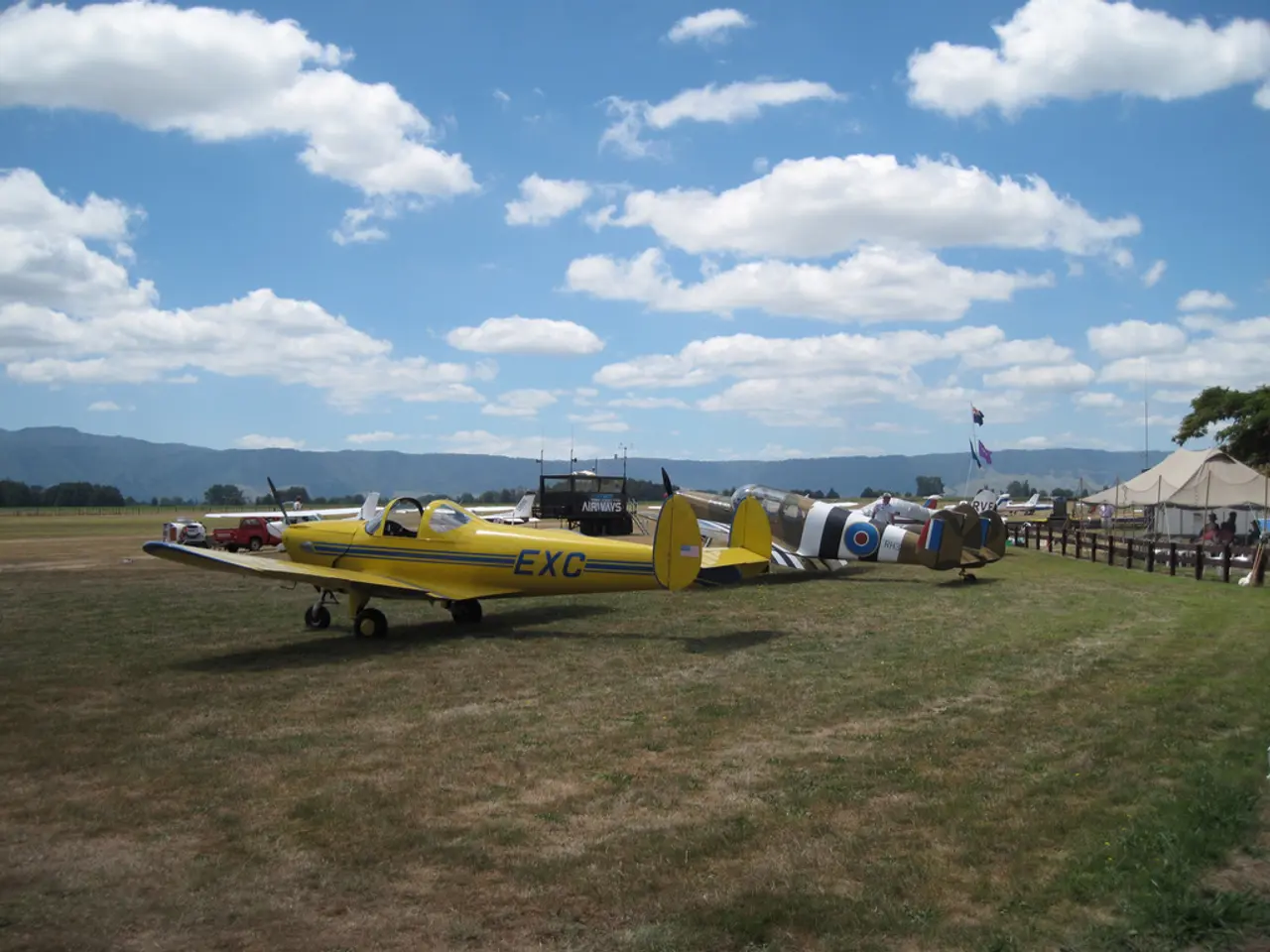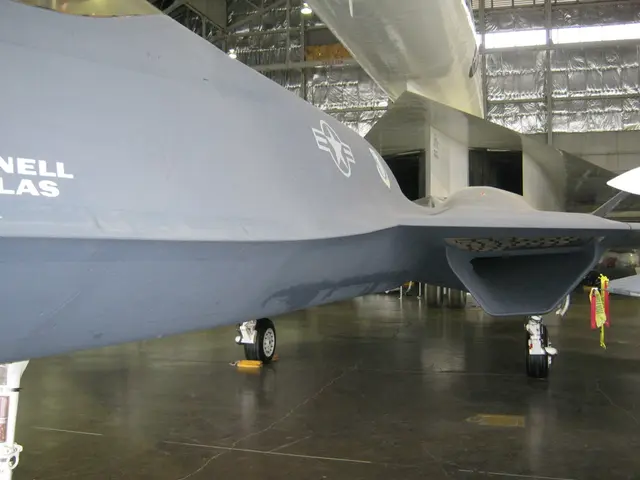Insightful Discourse on U-space and UTM Across Drone Management Operations via our site's Knowledge Series
The U-space framework, Europe's answer to Unmanned Traffic Management (UTM), is a regulatory and technological system designed to ensure safe, efficient, and secure drone operations in shared airspace. This system, which connects operators, authorities, and service providers, aims to harmonise drone traffic and allow routine and complex drone operations alongside manned aviation.
### Structure and Roles
At the heart of U-space are the U-space Service Providers (USSPs), entities authorised to provide U-space services that support drone operations. USSPs facilitate communication, coordination, and exchange of information between drone operators and airspace users to ensure safe integration of drones.
Common Information Services (CIS) are platform-level services that aggregate and disseminate essential data for U-space users. CIS supports interoperability and information sharing, such as flight plans, no-fly zones, weather data, and airspace restrictions.
### Six Foundational U-space Services
The U-space framework is built upon six core services that manage drone traffic effectively:
1. **Registration Service**: Ensures all drones and operators are registered for identification and accountability. 2. **Flight Authorisation Service**: Manages permissions for drone flights, especially in controlled or sensitive airspace. 3. **Geofencing Service**: Defines geographic zones where drone operations are restricted or prohibited. 4. **Traffic Information Service**: Provides real-time data about other airspace users, enabling situational awareness. 5. **Conflict Detection Service**: Alerts operators to potential flight conflicts and collision risks. 6. **Tracking Service**: Monitors drones in real time for position and status reporting.
These services collectively ensure safe coordination, separation, and transparency of drone operations within shared airspace.
### Benefits for Drone Operations in Shared Airspace
U-space offers numerous benefits for drone operations in shared airspace. It enhances safety and efficiency by facilitating information sharing and flight authorisation, lowering the risks of mid-air collisions and helping integrate drones safely with manned aviation.
The framework supports scalability, enabling the increasing number and complexity of drone operations, including advanced use cases such as delivery, inspection, and urban air mobility. U-space provides a standardised approach across European countries, reducing fragmentation and operational barriers for drone operators and service providers.
Enhanced situational awareness is another key advantage, with continuous tracking and conflict detection contributing to overall airspace safety. U-space also encourages innovation by creating a predictable regulatory environment for new technologies and business models in drone services.
In conclusion, Europe's U-space framework represents a sophisticated blend of regulatory and technical components—encompassing six foundational services, coordinated by U-space Service Providers and supported by Common Information Services—to enable safe, efficient, and scalable drone operations in shared airspace.
- The U-space Service Providers (USSPs), authorized entities within the U-space framework, support drone operations by facilitating communication, coordination, and information exchange to ensure safe drone integration.
- Common Information Services (CIS) aggregate and disseminate essential data for U-space users, promoting interoperability and information sharing among drone operators and airspace users.
- The U-space framework is built upon six core services, designed to manage drone traffic effectively, including the Registration Service for drone identification and accountability.
- The Flight Authorisation Service manages permissions for drone flights, especially in controlled or sensitive airspace, contributing to overall safety and compliance.
- The Geofencing Service defines geographic zones where drone operations are restricted or prohibited, helping to maintain safety and security in shared airspace.
- The Traffic Information Service provides real-time data about other airspace users, fostering a sense of situational awareness and promoting seamless navigation.
- The Conflict Detection Service alerts operators to potential flight conflicts and collision risks, improving airspace safety and helping to prevent accidents.
- The Tracking Service monitors drones in real-time for position and status reporting, enhancing transparency and enabling effective flight management in complex airspace scenarios.
- By offering advantages such as safety enhancement, efficiency improvements, scalability, standardization, enhanced situational awareness, and innovation encouragement, Europe's U-space framework aims to create a predictable regulatory environment for the finance, aerospace, data-and-cloud-computing, and technology sectors in the drone industry.








